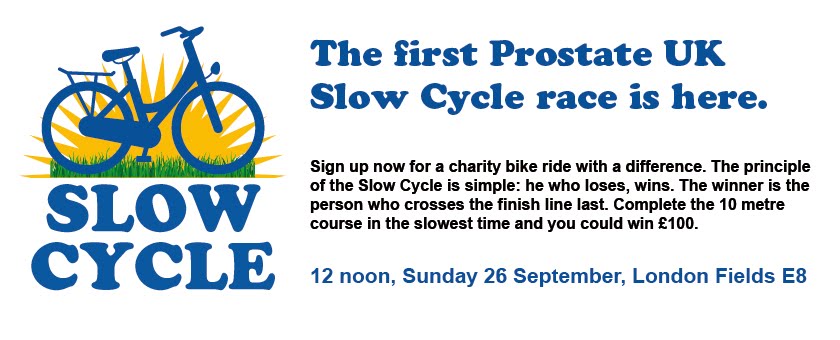Can cycling affect the prostate?
If you have a prostate problem, be it prostatitis, benign prostate hyperplasia or even prostate cancer, cycling can be uncomfortable, but having any of these conditions shouldn’t necessarily limit or curtail your enjoyment of a sport that has a lot of health benefits. Fighting any disease is always easier when you are in good shape and cycling is a good way of keeping fit.
Cycling may cause a transient rise in PSA (prostate-specific antigen) level and should be avoided 24 hours before a PSA test which is used to gauge prostate health.
I’ve had surgery on my prostate, should I be cycling?
If you have recently undergone surgery, you should avoid cycling. Most surgeons will advise that you avoid cycling (and activities such as motorcycling and horse riding) for at least 6 weeks after surgery.
I’ve heard rumours that cycling can lead to impotence. Is this true?
There is no confirmed link between cycling and impotence (erectile dysfunction). There is anecdotal and limited clinical evidence which seems to confirm that prolonged cycling can cause temporary numbness and discomfort in the penis and perineum (groin).
How might riding a bike do that?
The very nature of cycling means that riders can spend a long period of time in the saddle, which may put pressure on the nerves and arteries that supply the penis and surrounding area. Compromise of these neurovascular structures can lead to periods of numbness, but if symptoms do occur, it’s usually not for a prolonged period of time.
As cycling regularly will improve your cardiovascular fitness, it is actually less of a risk factor for impotence than leading a sedentary lifestyle.
I’m an avid cyclist, is there any way of avoiding these symptoms?
There are saddles which take pressure off the perineum and shift the cyclists weight onto the ischial tuberosities (the bones you sit on), which should help, but it’s equally important to take breaks when you can. You don’t have to stop and get off your bike, simply standing up on the pedals will take pressure off the perineum and help reduce compression of the neurovascular supply.

Alternatively, you can ride a recumbent, and have a nice wide comfortable seat with a backrest. I recommend it!
ReplyDeleteBest of luck with the Slow Cycle.
Trevor Parsons
Co-ordinator
London Cycling Campaign in Hackney